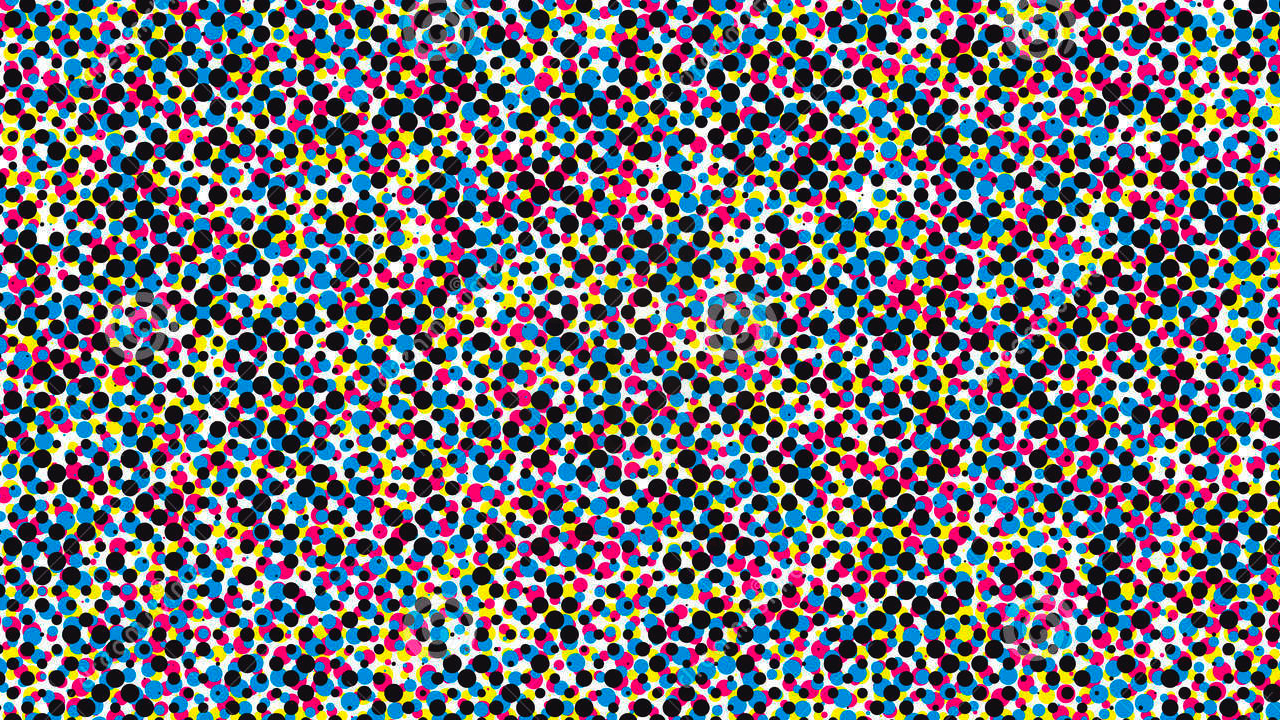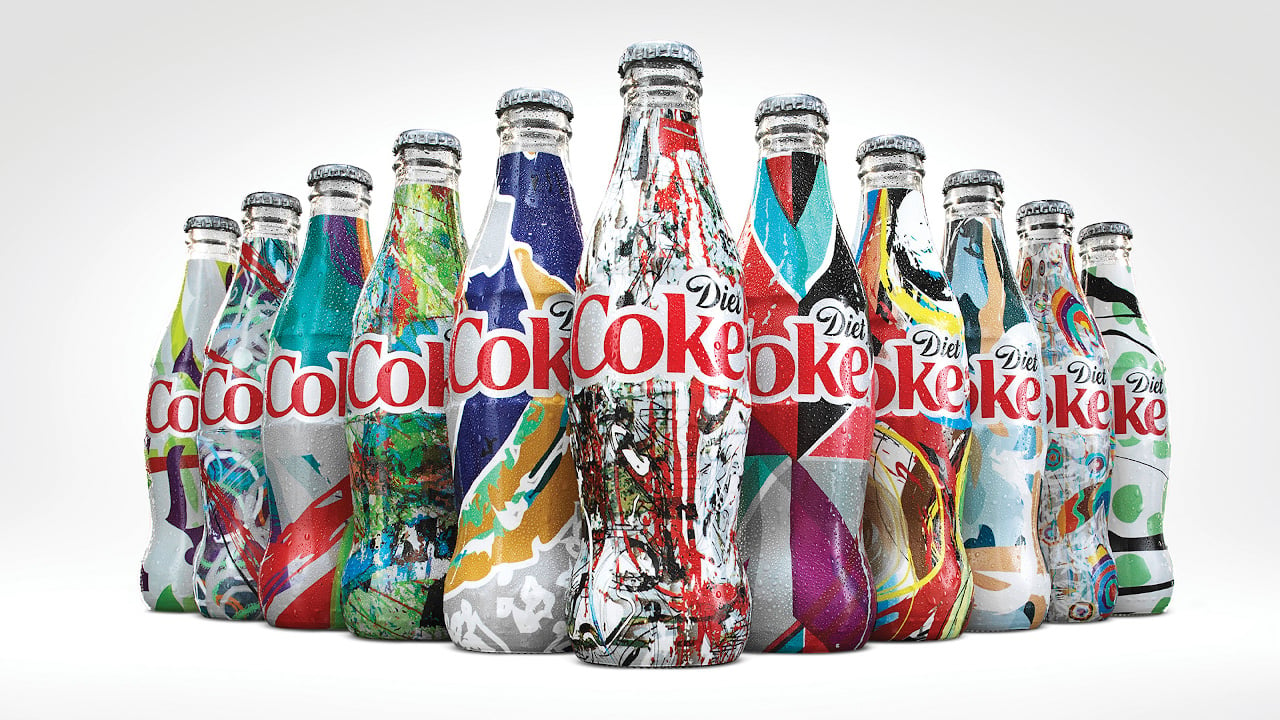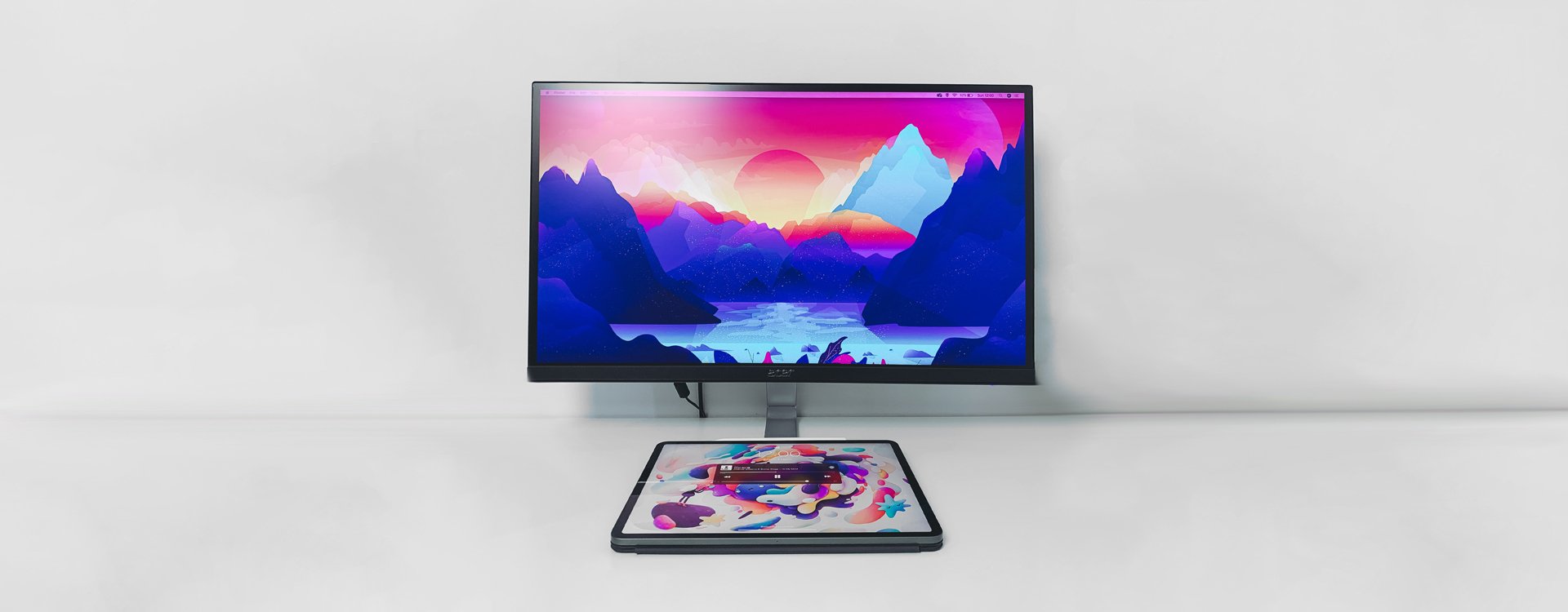Did you like the article? Share it!
What is RGB? What it is used for?
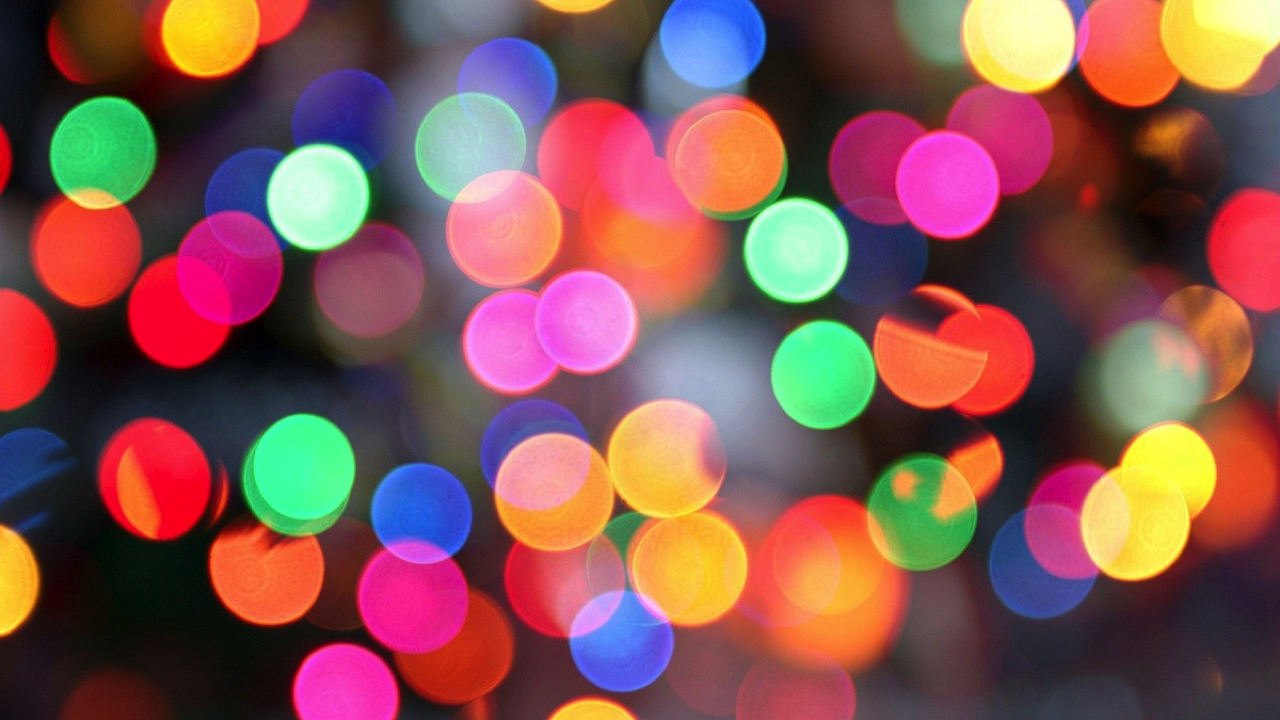
How can our eyes perceive the colors of what’s around us?
Let’s find out how a brief story of colour and how we can see it.
Newton was the first who defined that color is not inherent in objects. Rather, the surface of an object reflects some colors and absorbs all the others. For this reason what our eyes can perceive are only the reflected colors. Thus, red is not "in" an apple. The surface of the apple is reflecting the wavelengths we see as red and absorbing all the rest. In other words an object appears white when it reflects all wavelengths and black when it absorbs them all.
Now that we've established how we see all the colors, let's discuss how a color is produced.
So how are produced the colors we see? What is RGB?
Color creation is rooted in the RGB system. But what is RGB?
RGB stands for "Red Green Blue”. RGB refers to three hues of light that can be mixed together to create different colors. Combining red, green, and blue light is the standard method of producing color images on screens, such as TVs, computer monitors, and smartphone screens.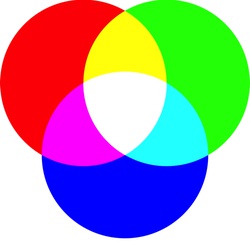 The RGB color model is an "additive" model. When 100% of each color is mixed together, it creates white light. When 0% of each color is combined, no light is generated, creating black. It is sometimes contrasted with CMYK (cyan, yellow, magenta, and black), the standard color palette used to create printed images.
The RGB color model is an "additive" model. When 100% of each color is mixed together, it creates white light. When 0% of each color is combined, no light is generated, creating black. It is sometimes contrasted with CMYK (cyan, yellow, magenta, and black), the standard color palette used to create printed images.
For more infos about CMYK, go check our article "What is CMYK? What is it used for (in the printing industry)?”on Labelado blog.
Let’s see more precisely what does it mean to be an additive model.
What does it mean to be an additive model?
The RGB color model is additive in the sense that the three light beams (one red, one green, and one blue) are added together, and their light spectra add to make the final color's spectrum. Each of the three beams is called a component of that color, and each of them can have an arbitrary intensity, from fully off to fully on, in the mixture.
Zero intensity for each component gives the darkest color (no light, considered the black), and full intensity of each gives a white; the quality of this white depends on the nature of the primary light sources, but if they are properly balanced, the result is a neutral white matching the system's white point.
When the intensities for all the components are the same, the result is a shade of gray, darker or lighter depending on the intensity.
When the intensities are different, the result is a colorized hue, more or less saturated depending on the difference of the strongest and weakest of the intensities of the primary colors employed.
How many colors can be created using RGB?
The number of colors supported by RGB depends on how many possible values can be used for red, green, and blue. This is known as "color depth" and is measured in bits.
The most common color depth is 24-bit color, also known as "true color." It supports eight bits for each of the three colors, or 24 bits total. This provides 28, or 256 possible values for red, green, and blue. 256 x 256 x 256 = 16,777,216 total possible colors in the "true color" palette.
When displaying a color image on a screen, each pixel has a specific RGB value. In 24-bit color, this value is between 0 and 255, where 0 is no color and 255 is full saturation).
Since each color has 256 possible values, it can also be represented using two hexadecimal values (16 x 16).
The standard way to display an RGB value is to use the hexadecimal values for red, green, and blue, preceded by a number symbol, or hashtag.
Fun fact
The human eye can only distinguish about seven million colors, so color depths above 24-bit are rarely used.
If you need answers about RGB and color perception or you want to learn more about a particular topic, write us with this form, and a member of the Labelado staff will respond as soon as possible.
Next
Related post
Learn more

